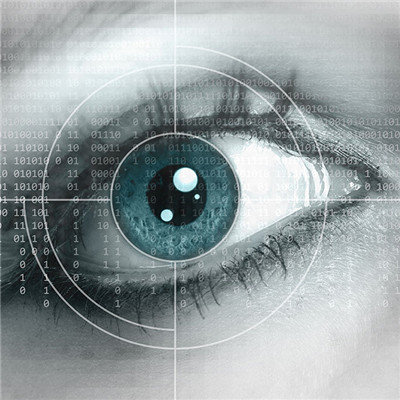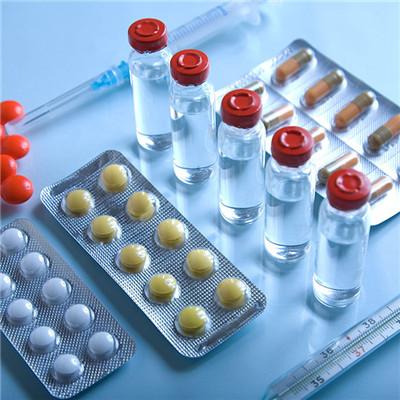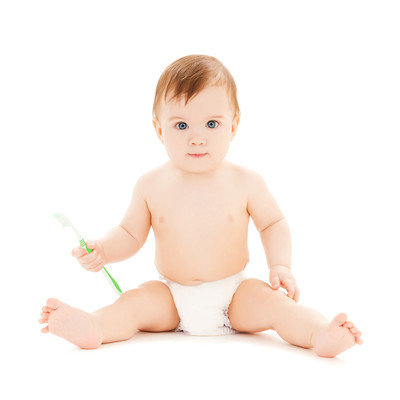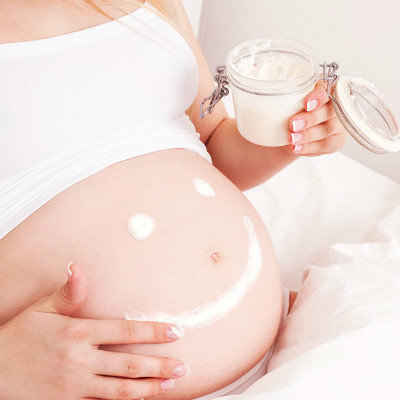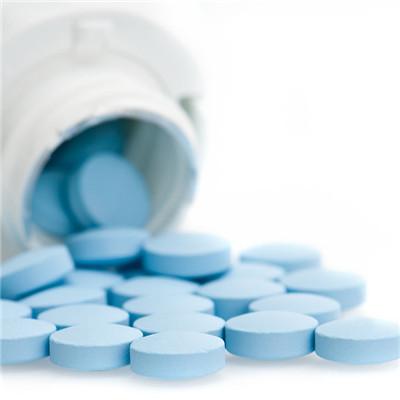Neonatal convulsion symptoms
summary
Convulsion is a temporary disorder of cerebral cortex function, which causes abnormal discharge of brain cells. It is characterized by sudden occurrence of involuntary muscle rigidity and clonic twitch in the whole or local skeletal muscle group, and joint movement, which is mostly systemic and symmetrical. It is often accompanied by disturbance of consciousness. Neonatal convulsion is often due to perinatal asphyxia, traumatic intracranial hemorrhage. Let's talk about the symptoms of neonatal convulsion
Neonatal convulsion symptoms
1. Neonatal convulsions are usually focal and may be difficult to identify. Wandering clonic limb twitch, alternating hemilimb convulsions or primary subcortical convulsions (respiratory arrest, masticatory movement, persistent eye deviation, and paroxysmal changes of muscle tone) are common. Major seizures are rare.
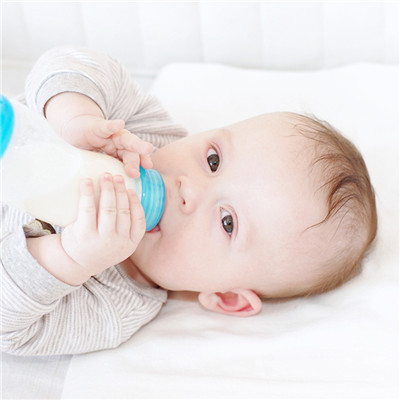
2. Clonic muscle activity with increased muscle tension and restlessness must be different from real convulsion. Restlessness can only produce clonus after stimulation. Holding the limbs still can stop clonus. Convulsion is spontaneous, holding the limbs still feel the shaking of the limbs.
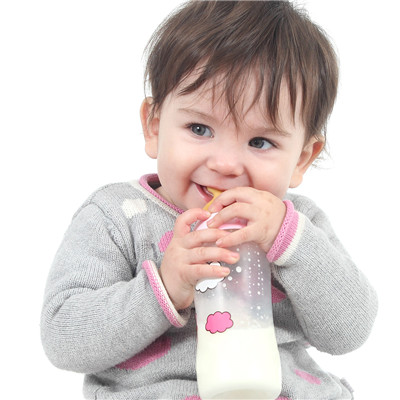
3. The first is for the primary lesion, and the second is for the treatment of convulsion. Etiological treatment is more important than anticonvulsant treatment. Children should maintain normal ventilation and ventilation function. If the blood sugar is low, give 10% glucose intravenously. If the blood calcium is low, give 10% calcium gluconate. At the same time, monitor the heart rate. If there is low blood magnesium, give 50% magnesium sulfate intramuscular injection. Phenobarbital is the most commonly used anticonvulsant.
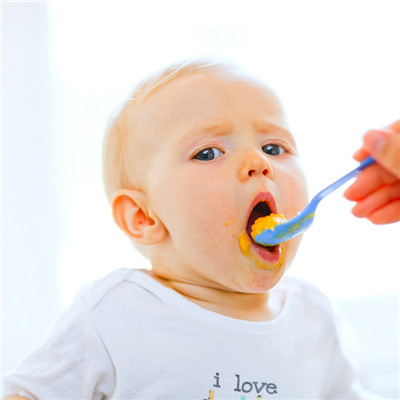
matters needing attention
Fever makes the human body react to heat sources (including viruses, bacteria, allergens, etc.), which is the embodiment of the human body's self-protection ability. Fever itself is not a disease. The reason why we want to reduce fever in high fever is that metabolism increases in high fever; Second, it may induce febrile convulsion. The premise of antipyretic is sufficient water, antipyretic drugs is to reduce the level of brain thermoregulatory center, conducive to antipyretic. It's very important to drink more water


